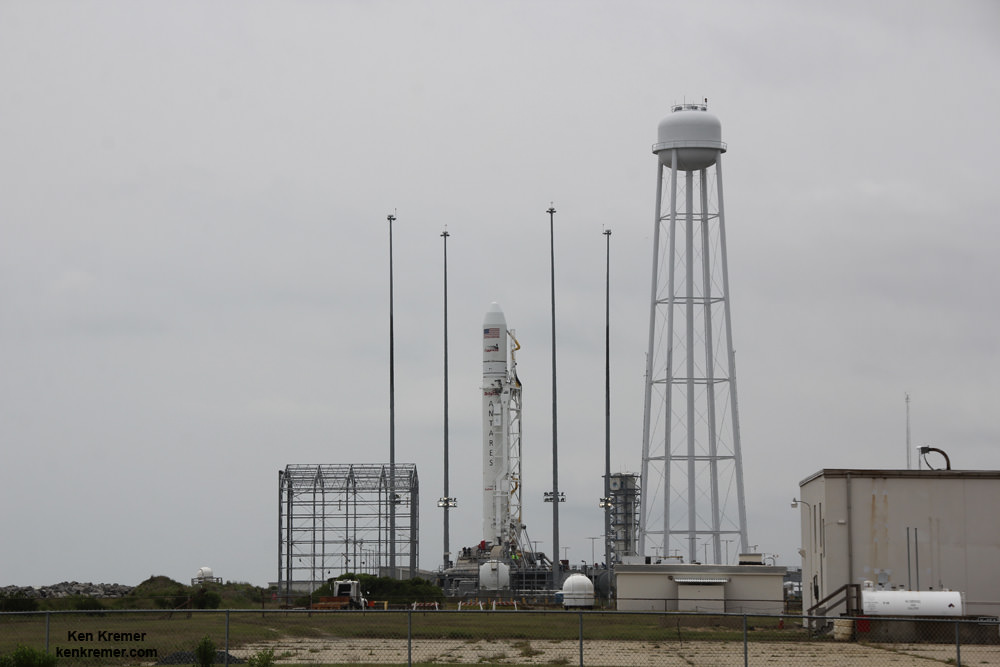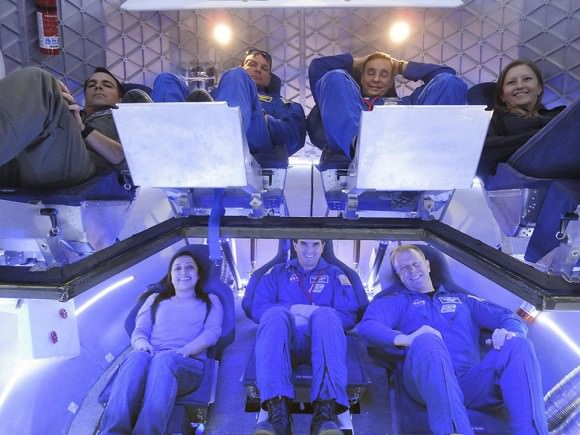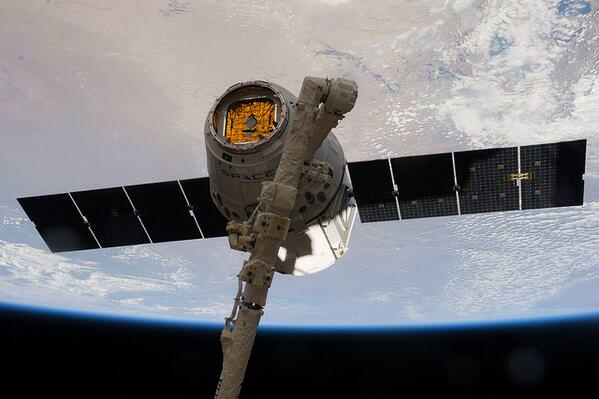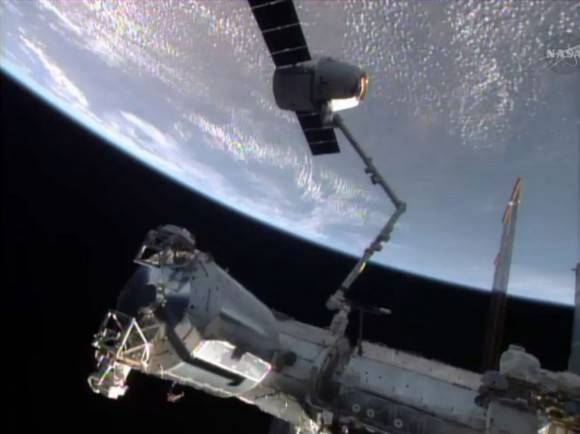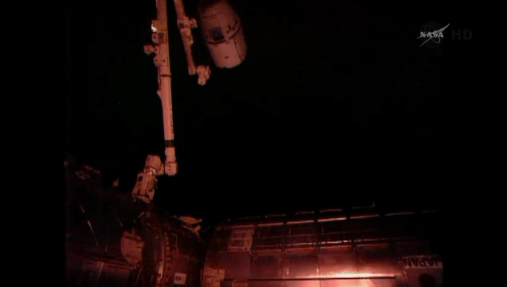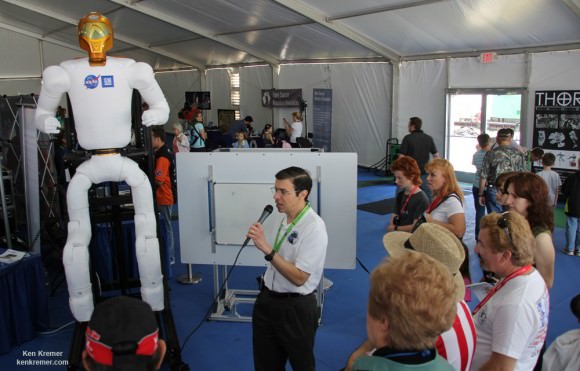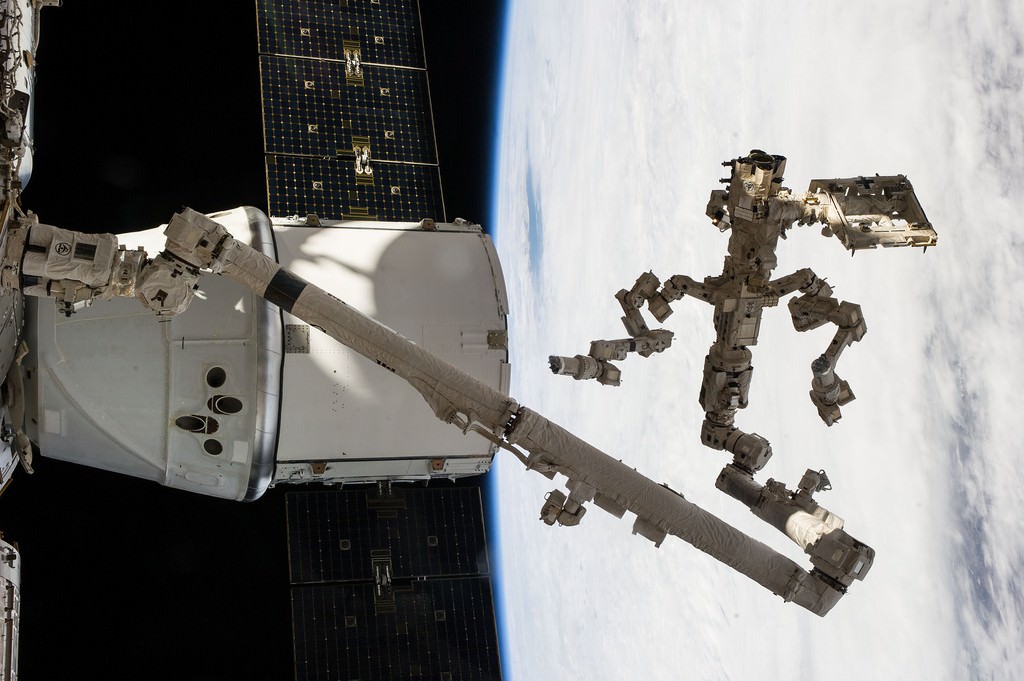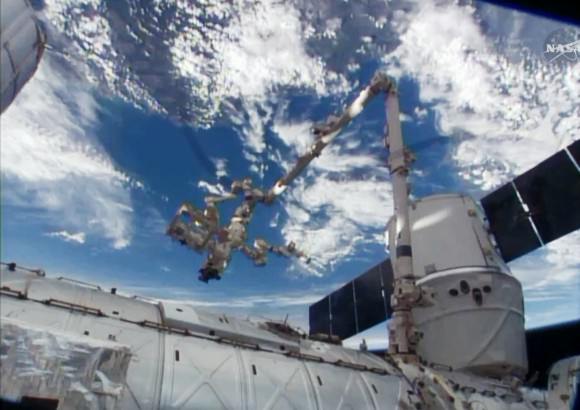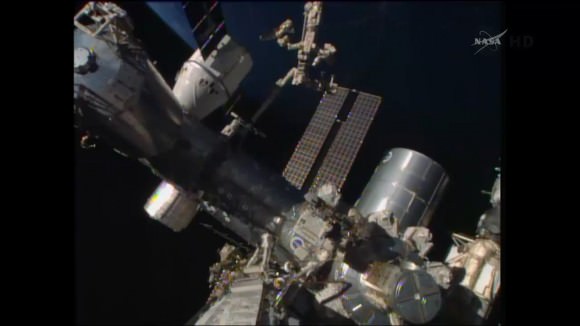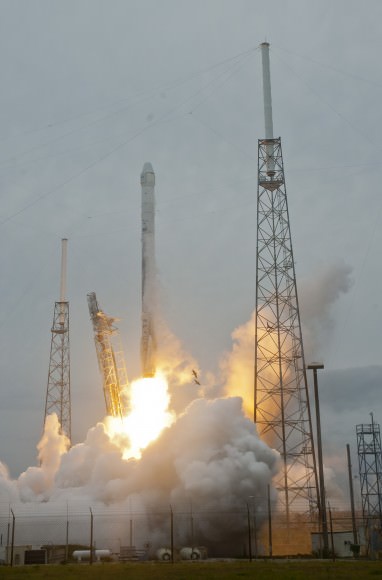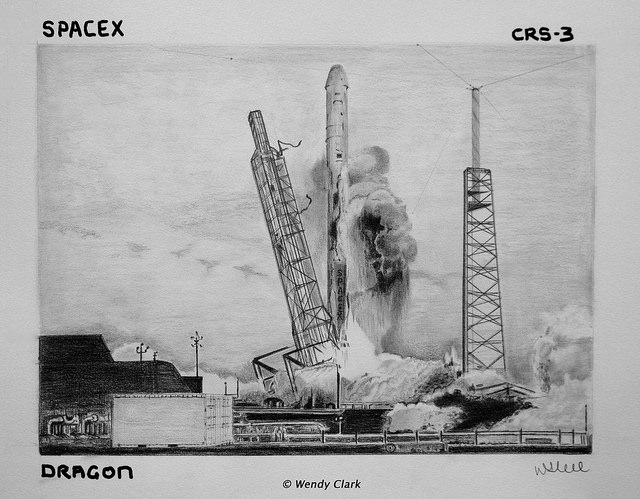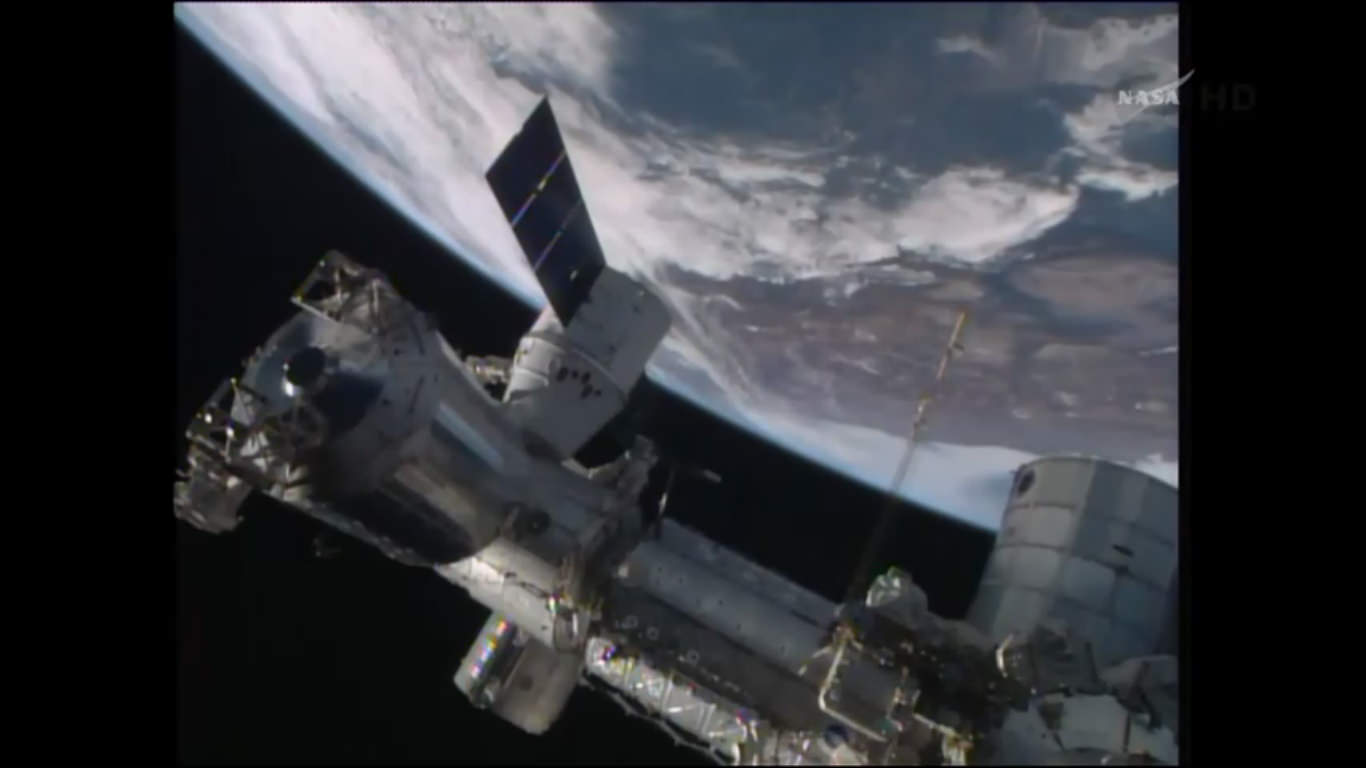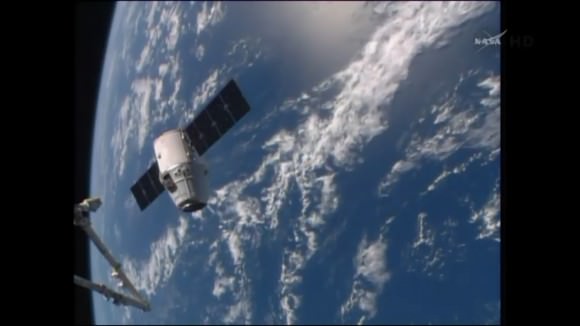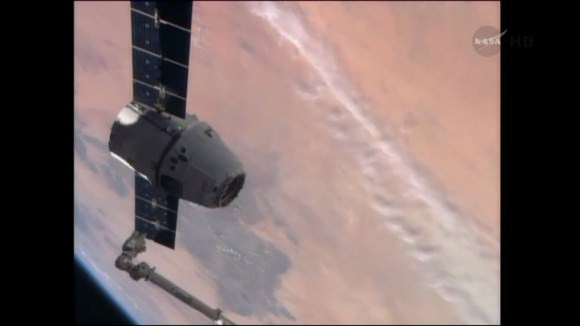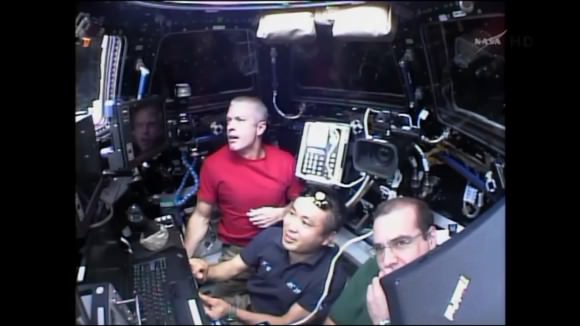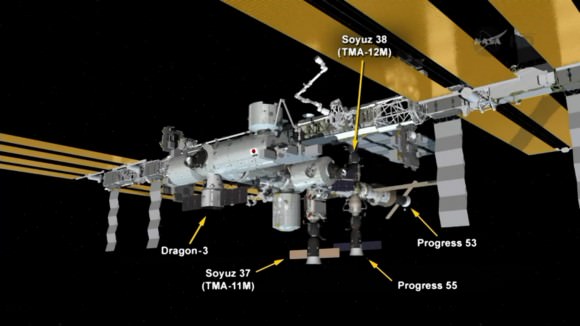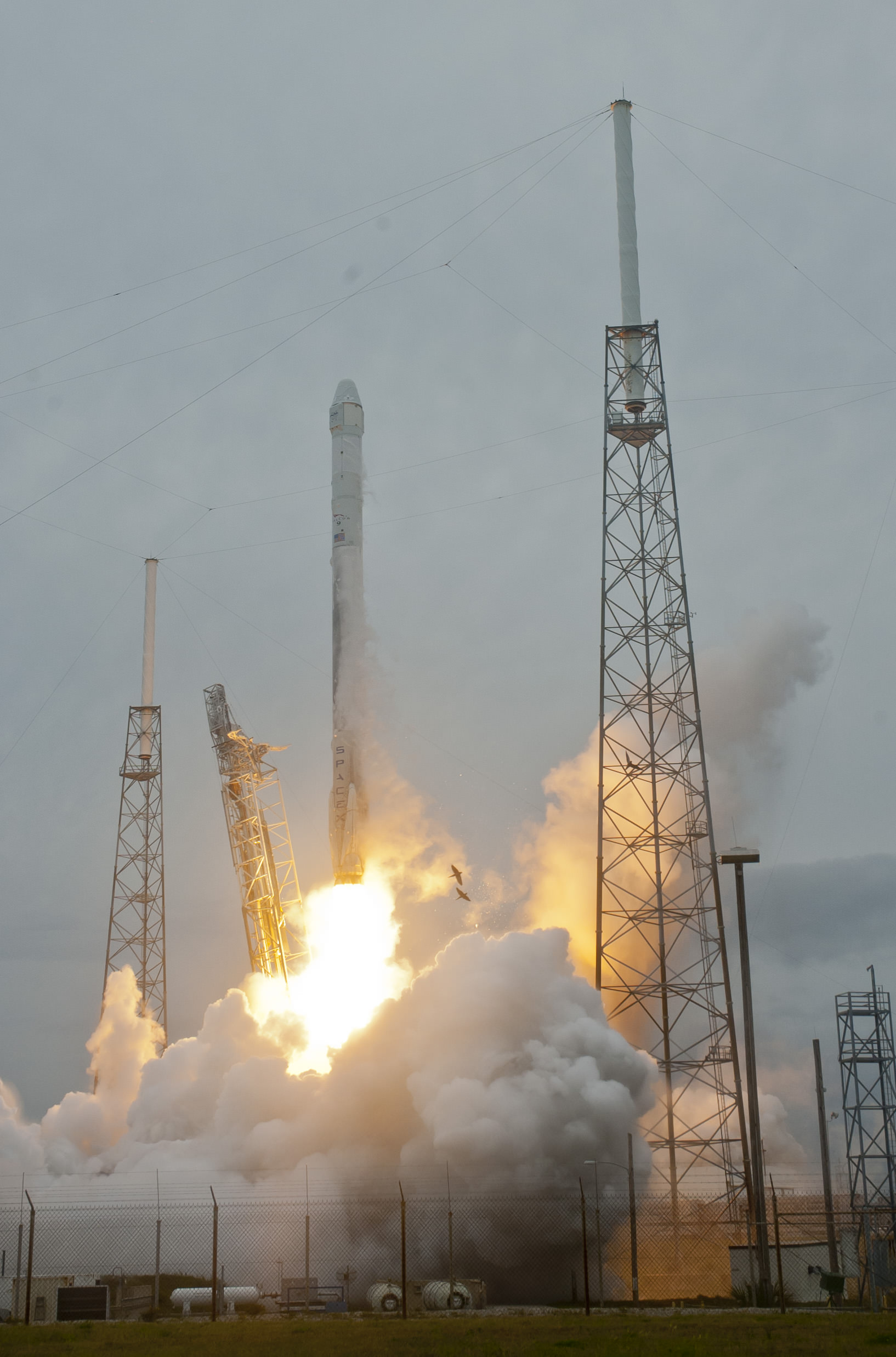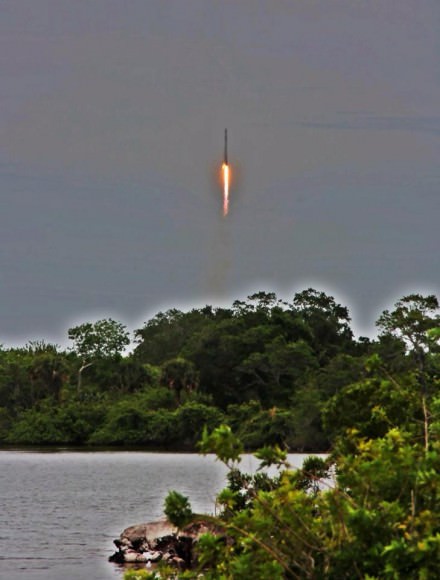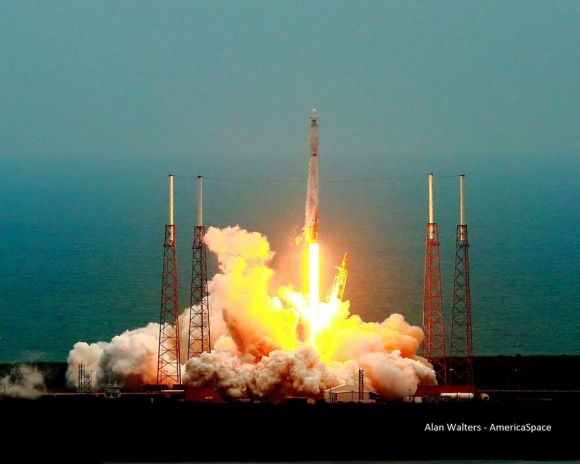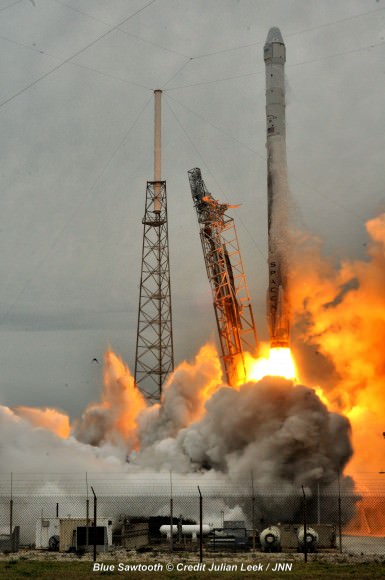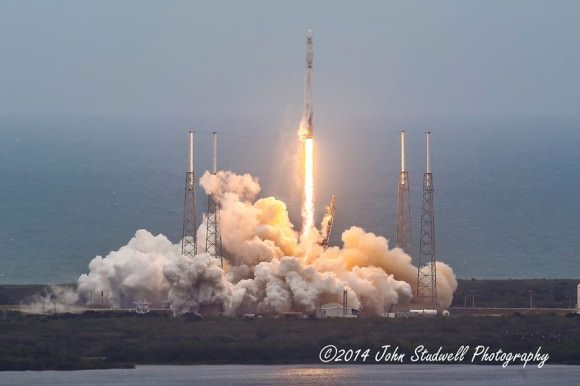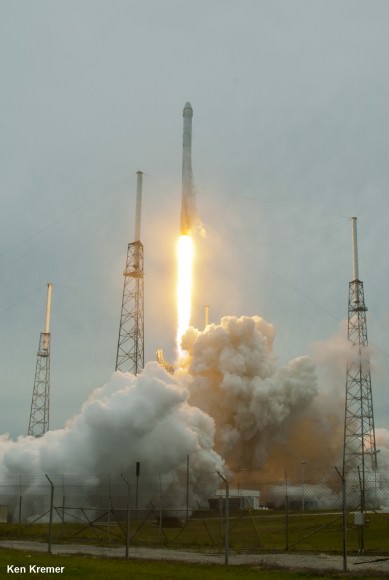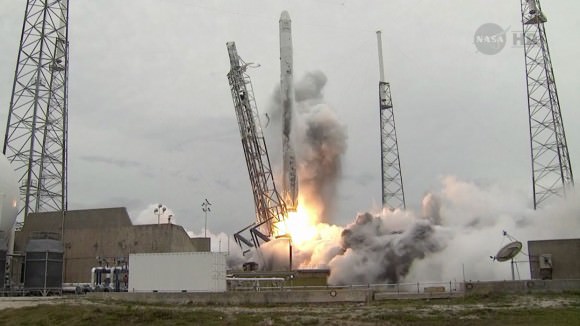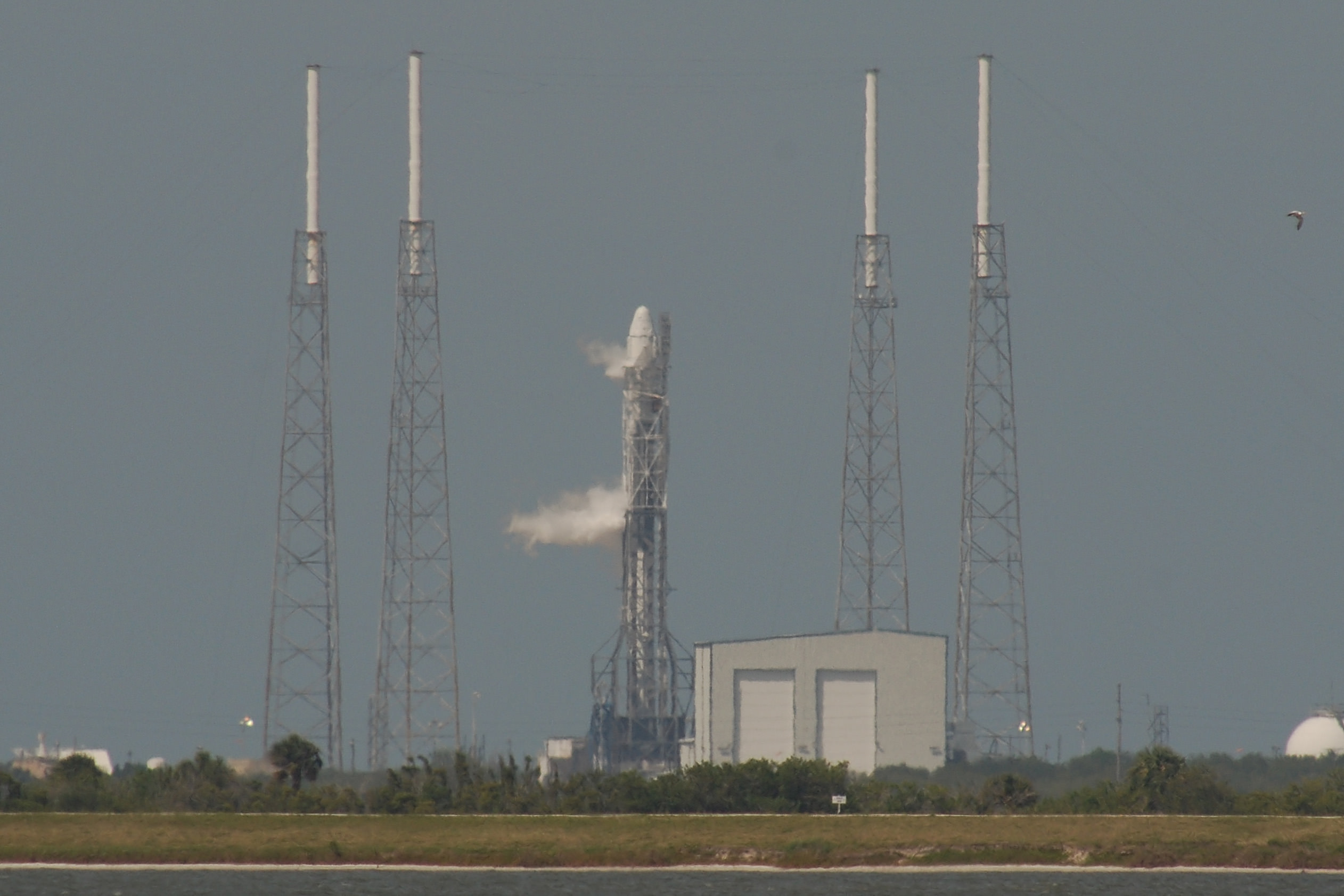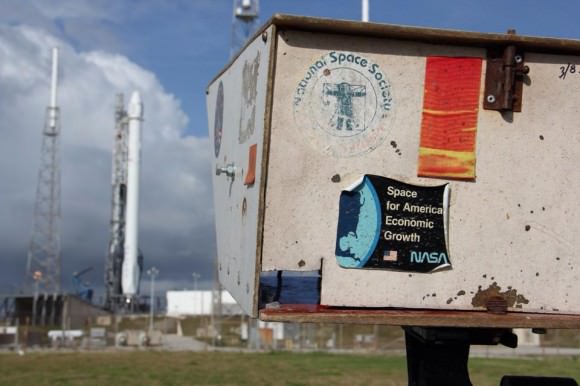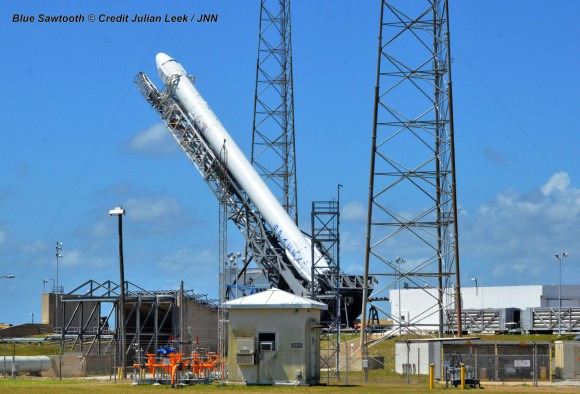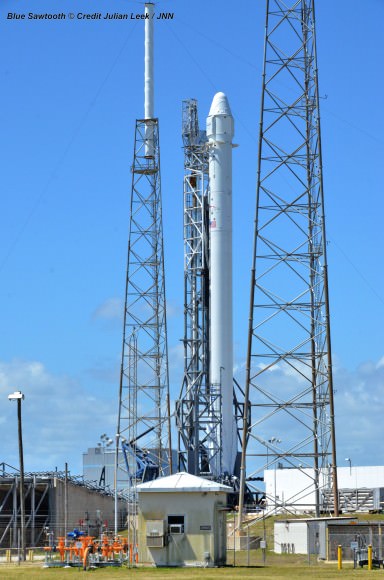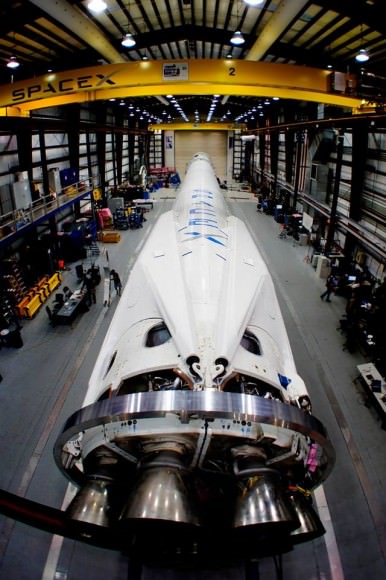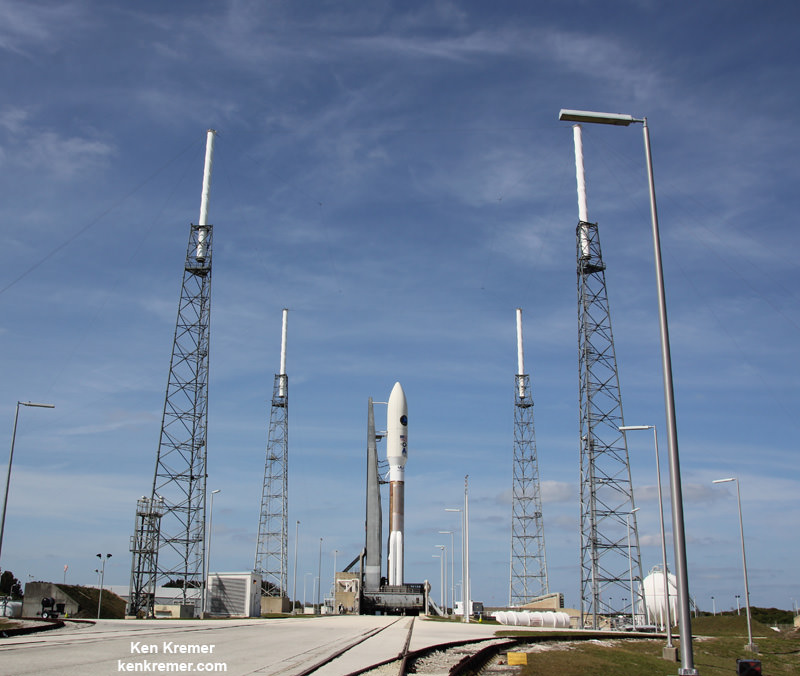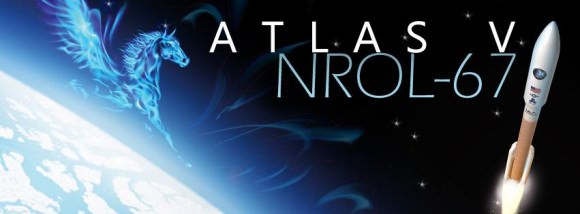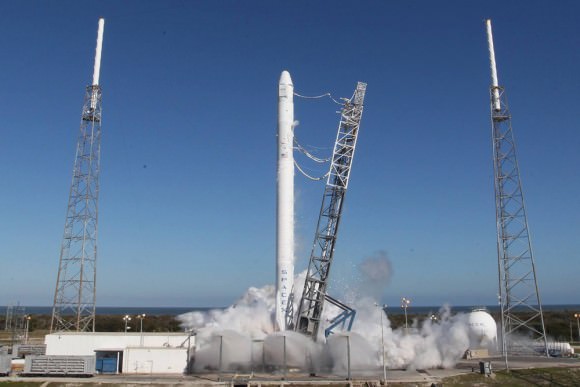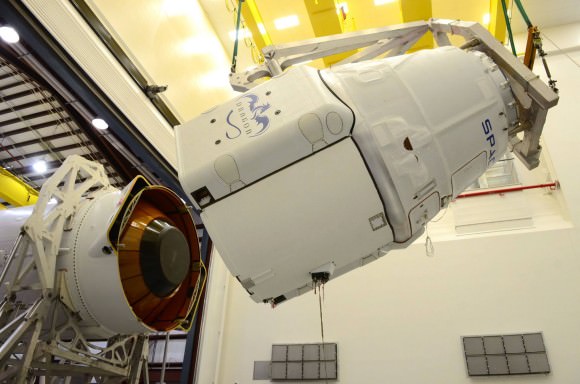NASA WALLOPS FLIGHT FACILITY, VA – Following further weather delays this week Orbital Sciences Corp. commercial Antares rocket is at last set to soar to space at lunchtime Sunday, July 13, from a beachside launch pad in Virginia carrying a private Cygnus cargo freighter loaded with a diverse array of science experiments including a flock of nanosatellites and deployers, student science experiments and small cubesat prototypes that may one day fly to Mars.
The privately developed Antares rocket is on a critical cargo resupply mission – named Orb-2 – bound for the International Space Station (ISS) and now targeting liftoff at 12:52 p.m. on July 13 from Launch Pad 0A at the Mid-Atlantic Regional Spaceport (MARS) at NASA Wallops Island on Virginia’s Eastern shore.
Read my complete Antares launch viewing guide here – “How to See the Antares/Cygnus July 13 Blastoff”
Severe thunderstorms up and down the US East coast forced two consecutive postponements this week from the Atlantic Ocean region launch pad at NASA’s Wallops Flight Facility, VA, from July 11 to July 13.
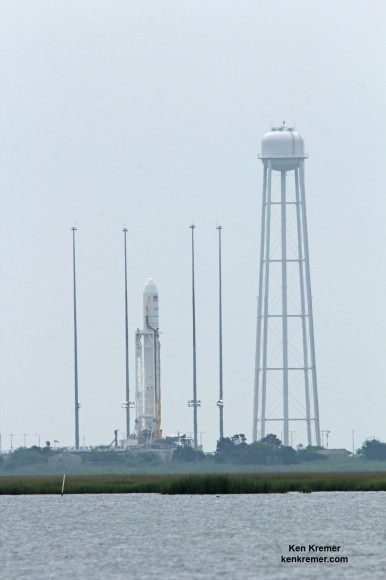
“Orbital’s launch team has made great progress in preparing the rocket for the Orb-2 mission, which will be the fourth flight of Antares in the past 15 months,” Orbital said in a statement.
“However, severe weather in the Wallops area has repeatedly interrupted the team’s normal operational schedule leading up to the launch. As a result, these activities have taken longer than expected. Orbital has decided to postpone the Orb-2 mission by an additional day in order to maintain normal launch operations processing.”
The pressurized Cygnus cargo freighter will deliver 1,657 kg (3653 lbs) of cargo to the ISS Expedition 40 crew including over 700 pounds (300 kg) of science experiments and instruments, crew supplies, food, water, computer equipment, spacewalk tools and student research experiments.
A flock of 28 nanosatellites from Planet Labs of San Francisco are aboard to take pictures of Earth.
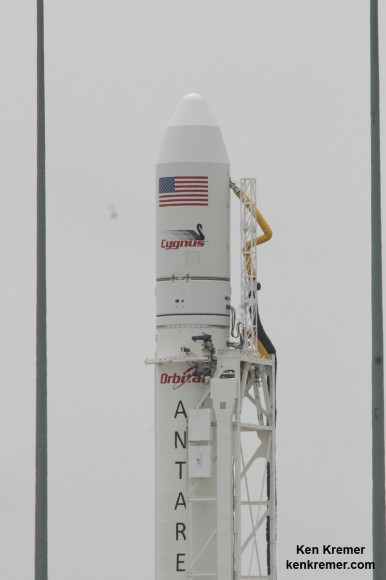
After deployment from the Japanese JEM module they will form “the largest constellation of imaging satellites in Earth orbit,” said Robbie Schingler, Co-Founder of PlanetLabs.
“The individual satellites will take images that will be combined into a whole Earth mosaic,” Schingler told me in an interview at Wallops.
15 student experiments on the “Charlie Brown” mission are aboard and hosted by the Student Spaceflight Experiment Program, an initiative of the National Center for Earth and Space Science Education (NCESSE) and NanoRacks.
“The student experiments were chosen from over 1000 proposals from Grades 5 to 12,” said Jeff Goldstein, NCESSE director.
They will investigate plant, lettuce, raddish and mold growth and seed germination in zero-G, penecilium growth, corrosion inhibitors, oxidation in space and microencapsulation experiments.
The TechEdSat-4 is a small cubesat built by NASA’s Ames Research Center in California that will investigate technology to return small samples to Earth from the space station.
NASA will broadcast the Antares launch live on NASA TV starting at 12 Noon – http://www.nasa.gov/nasatv
The weather prognosis is very favorable with a 90% chance of acceptable weather at launch time during the 5 minute window.
The Antares/Cygnus Orbital-2 (Orb-2) mission is the second of eight cargo resupply missions to the ISS under Orbital’s Commercial Resupply Services (CRS) contract with NASA.
NASA will broadcast the Antares launch live on NASA TV starting at 12 Noon – http://www.nasa.gov/nasatv
Depending on local weather conditions, portions of the daylight liftoff could be visible to millions of spectators along the US Eastern seaboard stretching from South Carolina to Massachusetts.
Here’s a viewing map:
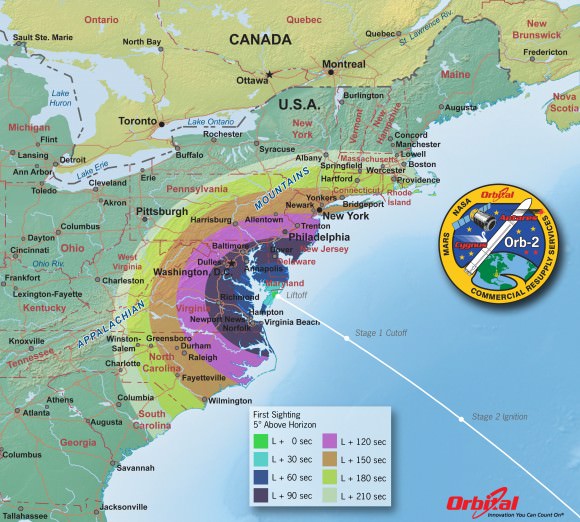
The best viewing will be in the mid-Atlantic region closest to Wallops Island.
Locally at Wallops you’ll get a magnificent view and hear the rockets thunder at either the NASA Wallops Visitor Center or the Chincoteague National Wildlife Refuge/Assateague National Seashore.
For more information about the Wallops Visitors Center, including directions, see: http://www.nasa.gov/centers/wallops/visitorcenter
NASA will have special “countdown speakers” set up at the NASA Wallops Visitor Center, Chincoteague National Wildlife Refuge/Assateague National Seashore and Ocean City inlet.
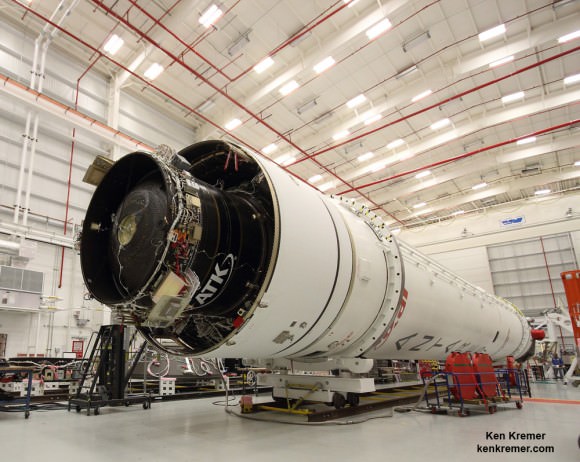
Orbital Sciences was awarded a $1.9 Billion supply contract by NASA to deliver 20,000 kilograms of research experiments, crew provisions, spare parts and hardware for 8 flight to the ISS through 2016 under the Commercial Resupply Services (CRS) initiative.
The July mission marks the second operational Antares/Cygnus flight.
The two stage Antares rocket stands 132 feet tall. It takes about 10 minutes from launch until separation of Cygnus from the Antares vehicle.
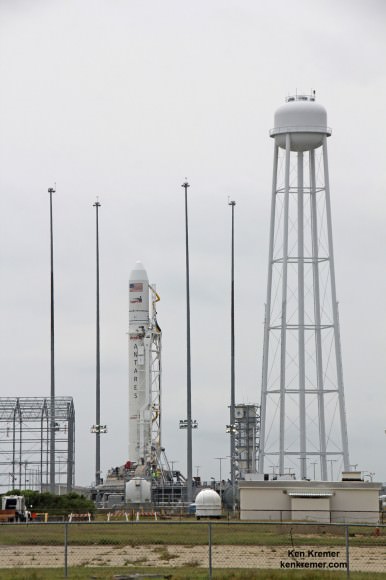
SpaceX has a similar resupply contract using their Falcon 9 rocket and Dragon cargo carrier and just completed their 3rd operational mission to the ISS in May.
Watch for Ken’s onsite Antares Orb-2 mission reports from NASA Wallops, VA.
Stay tuned here for Ken’s continuing ISS, OCO-2, GPM, Curiosity, Opportunity, Orion, SpaceX, Boeing, Orbital Sciences, MAVEN, MOM, Mars and more Earth & Planetary science and human spaceflight news.
…………….
Learn more about NASA’s Mars missions and Orbital Sciences Antares ISS launch on July 13 from NASA Wallops, VA in July and more about SpaceX, Boeing and commercial space and more at Ken’s upcoming presentations.
July 11/12/13: “Antares/Cygnus ISS Launch from Virginia” & “Space mission updates”; Rodeway Inn, Chincoteague, VA, evening

